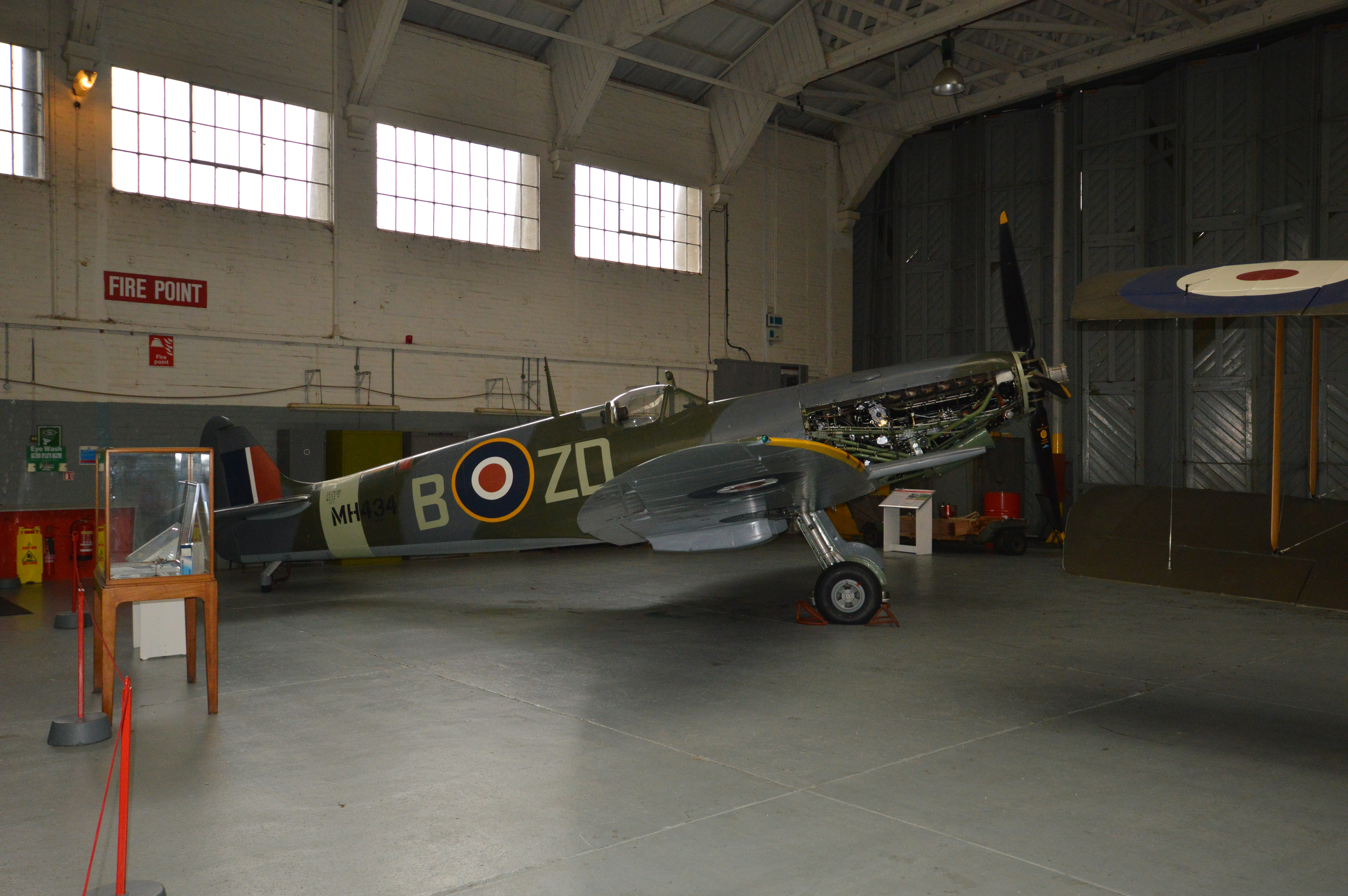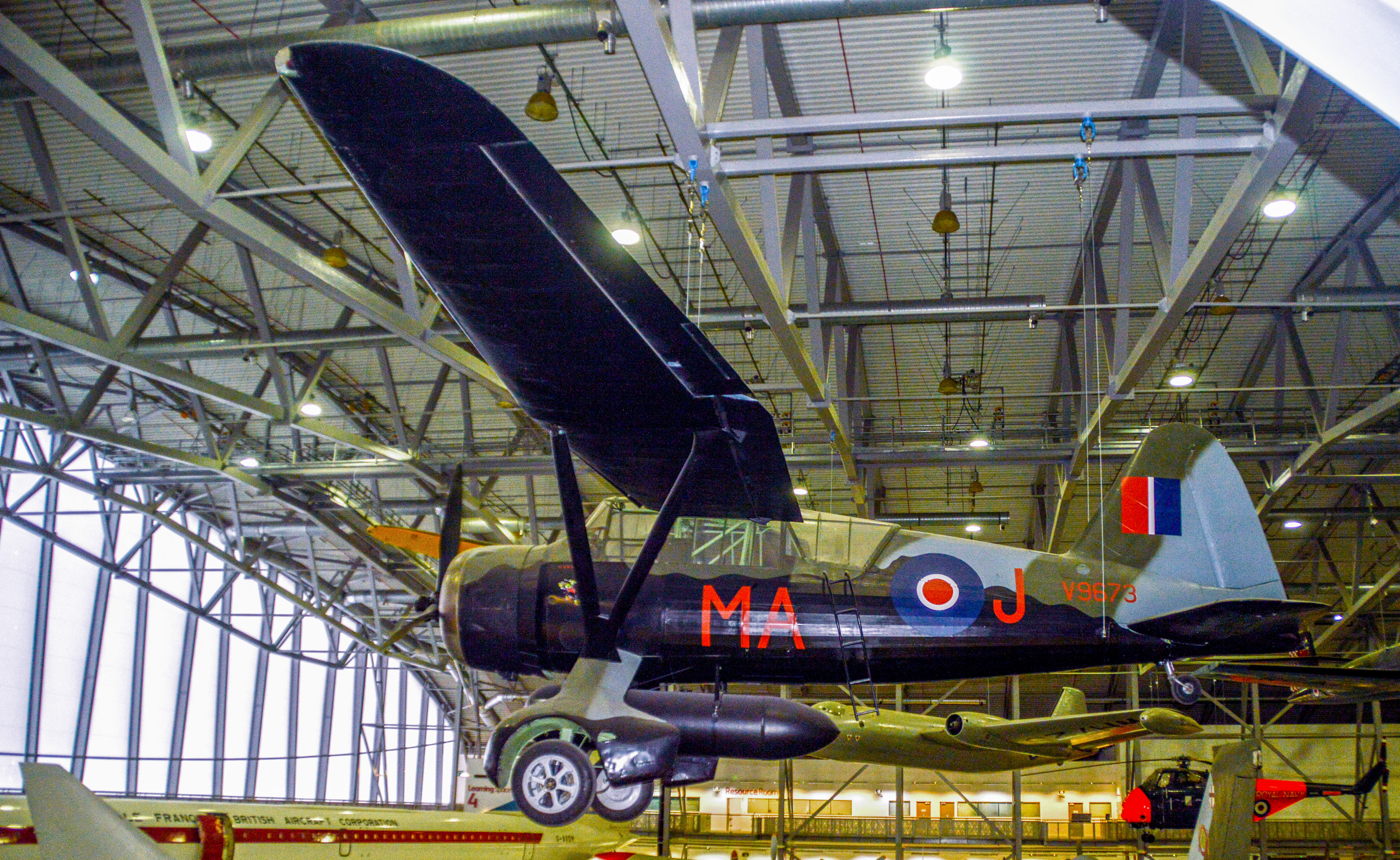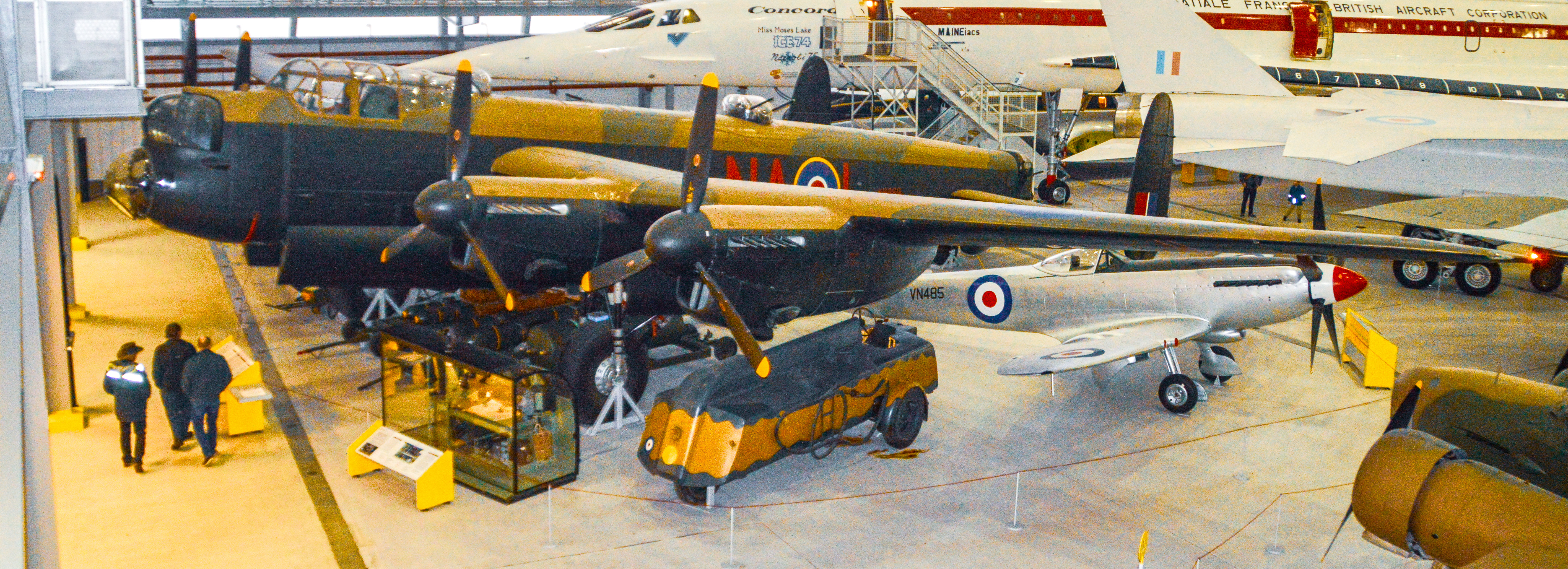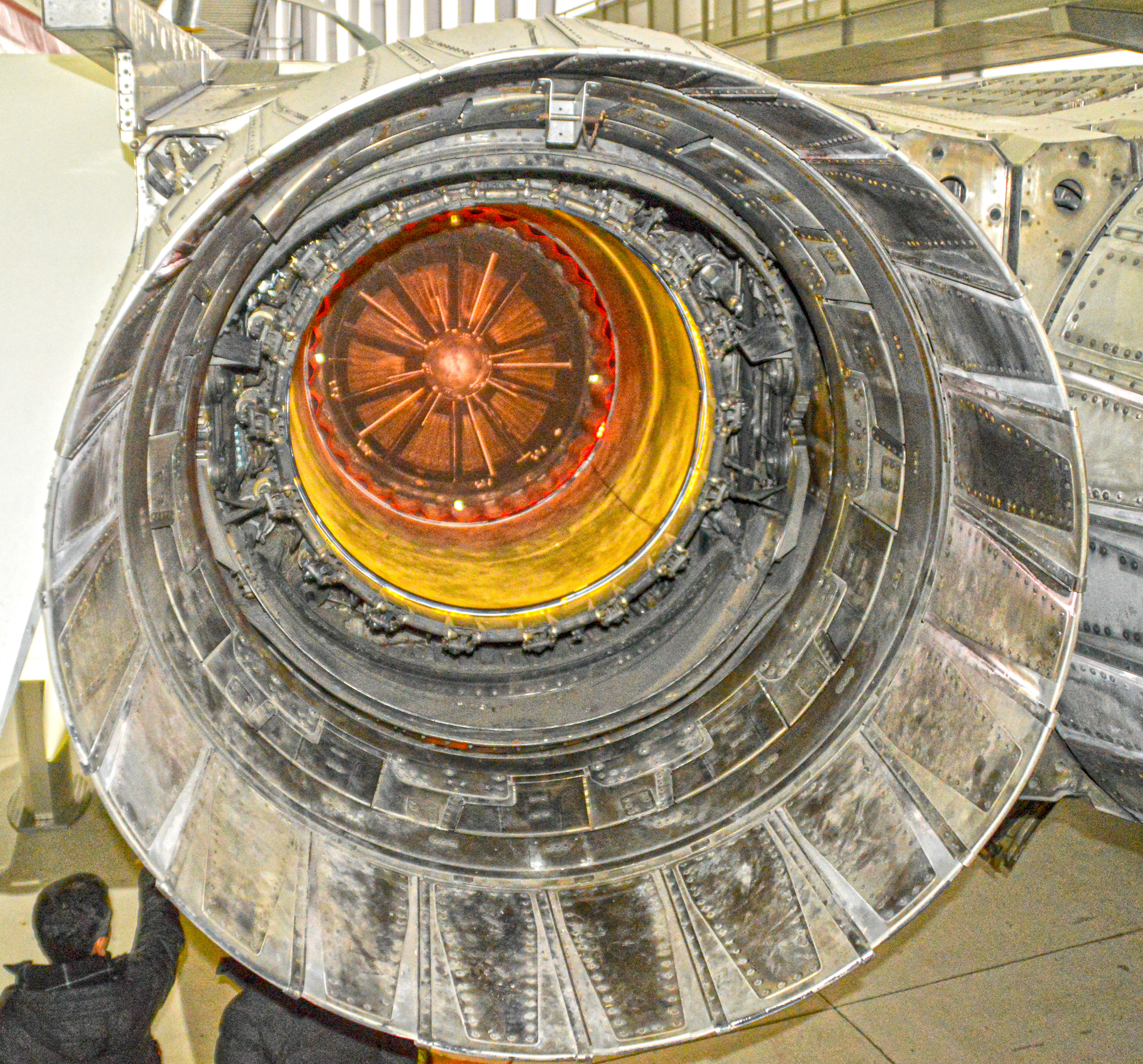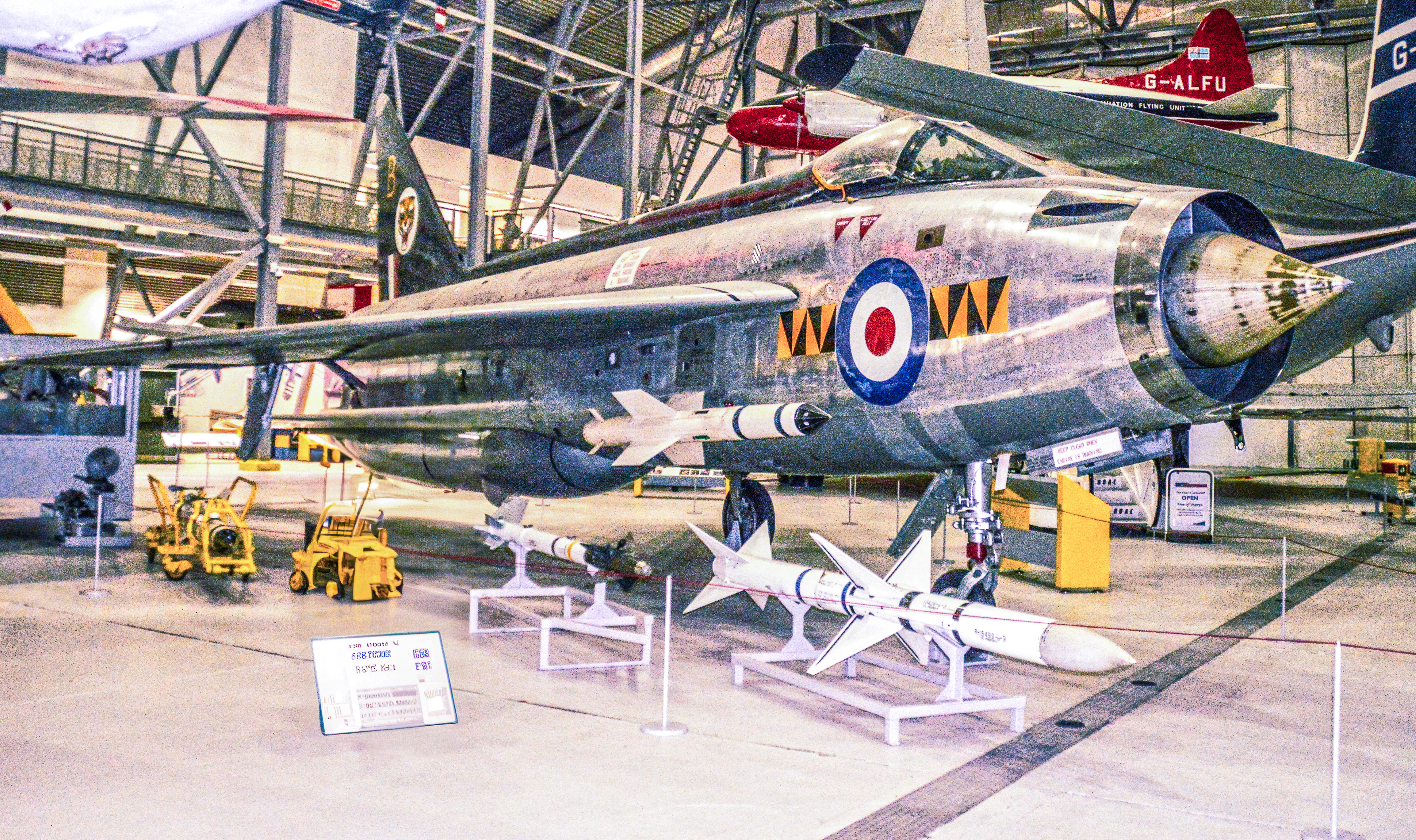About IWM Duxford
The Imperial War Museum Duxford, also known as IWM Duxford, is a significant branch of the Imperial War Museum located near Duxford in Cambridgeshire, England. It is renowned as Britain's largest aviation museum, housing an extensive collection of nearly 200 aircraft, military vehicles, artillery, and small naval vessels across seven main exhibition buildings
Duxford played a crucial role during the Second World War, particularly during the Battle of Britain. It was also utilized by the United States Army Air Forces to support daylight bombing missions over Germany. The airfield remained active under the Royal Air Force (RAF) until 1961. After being declared surplus to requirements by the Ministry of Defence in 1969, the Imperial War Museum received permission to use part of the site for storage
American Air Museum: This museum, designed by Sir Norman Foster, stands as a memorial to the 30,000 members of the US Army Air Forces who died while flying from Britain during the Second World War. It houses the largest collection of American military aircraft on public display outside the United States
Air Shows: IWM Duxford is famous for its air shows, which include family-friendly, live-action flying events. Notable events include the Duxford Summer Air Show and the Duxford Battle of Britain Air Show, which commemorates significant historical moments
References
Text generated by Text generated by Chat.mistral.ai
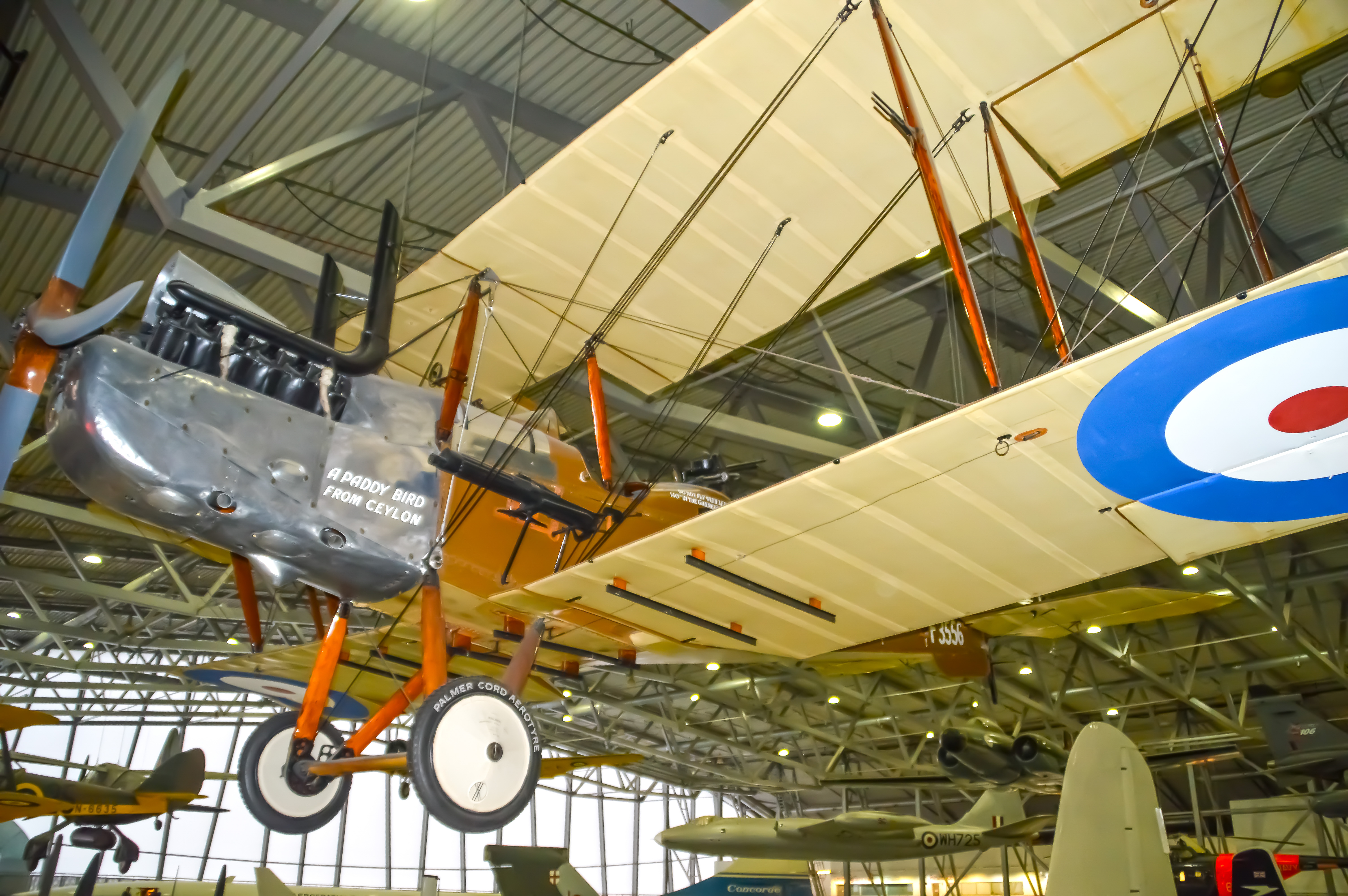

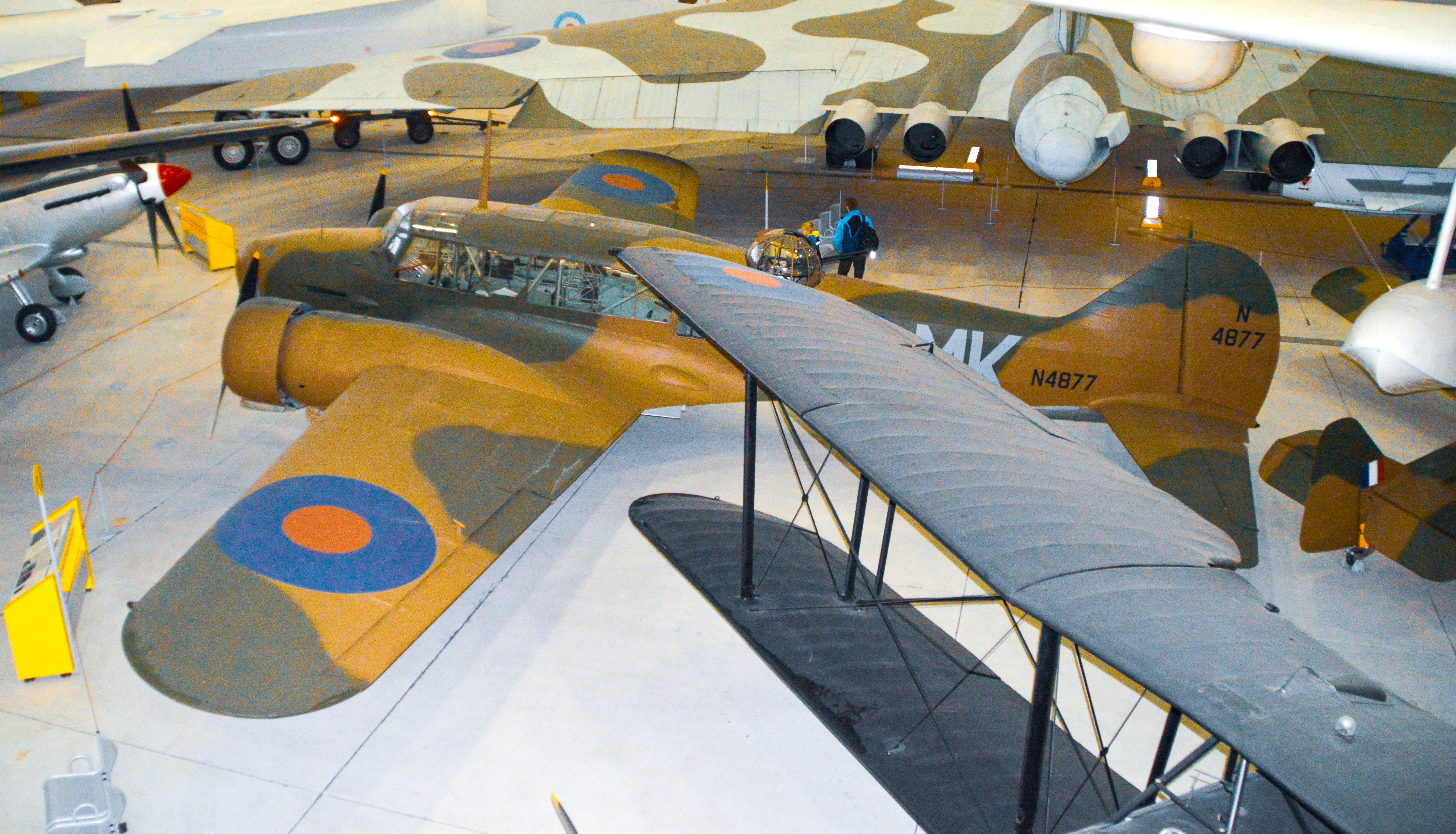
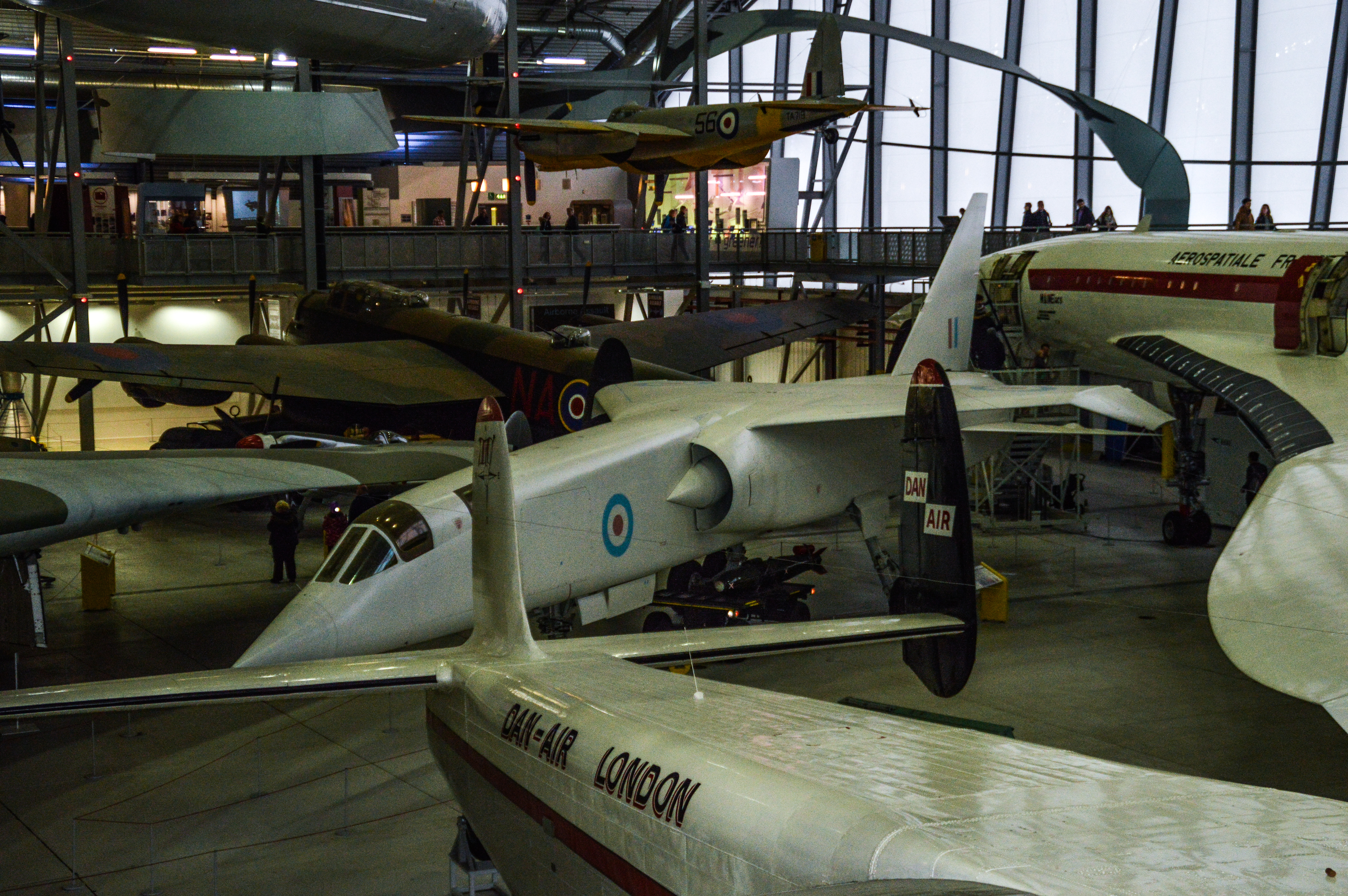



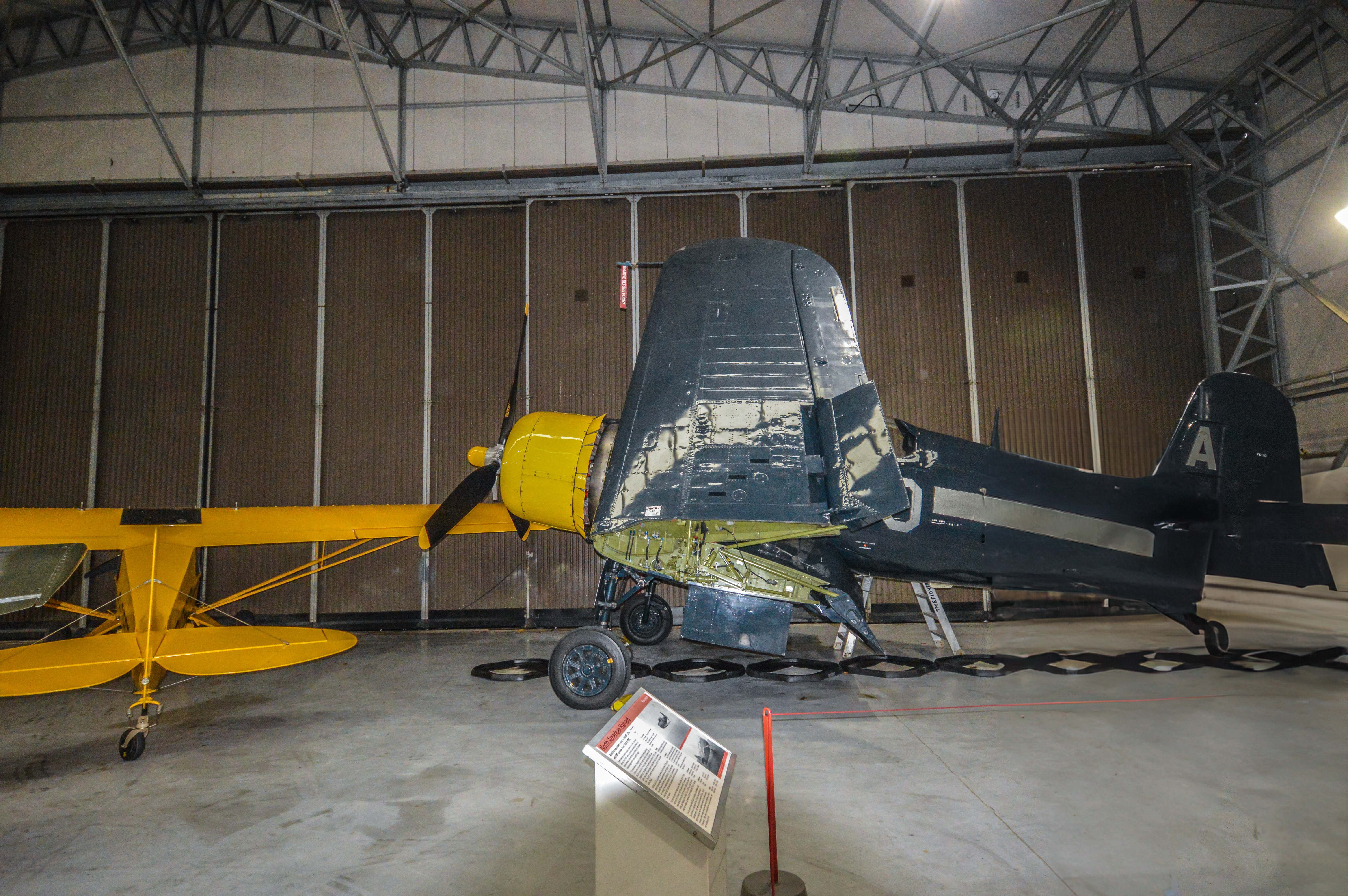



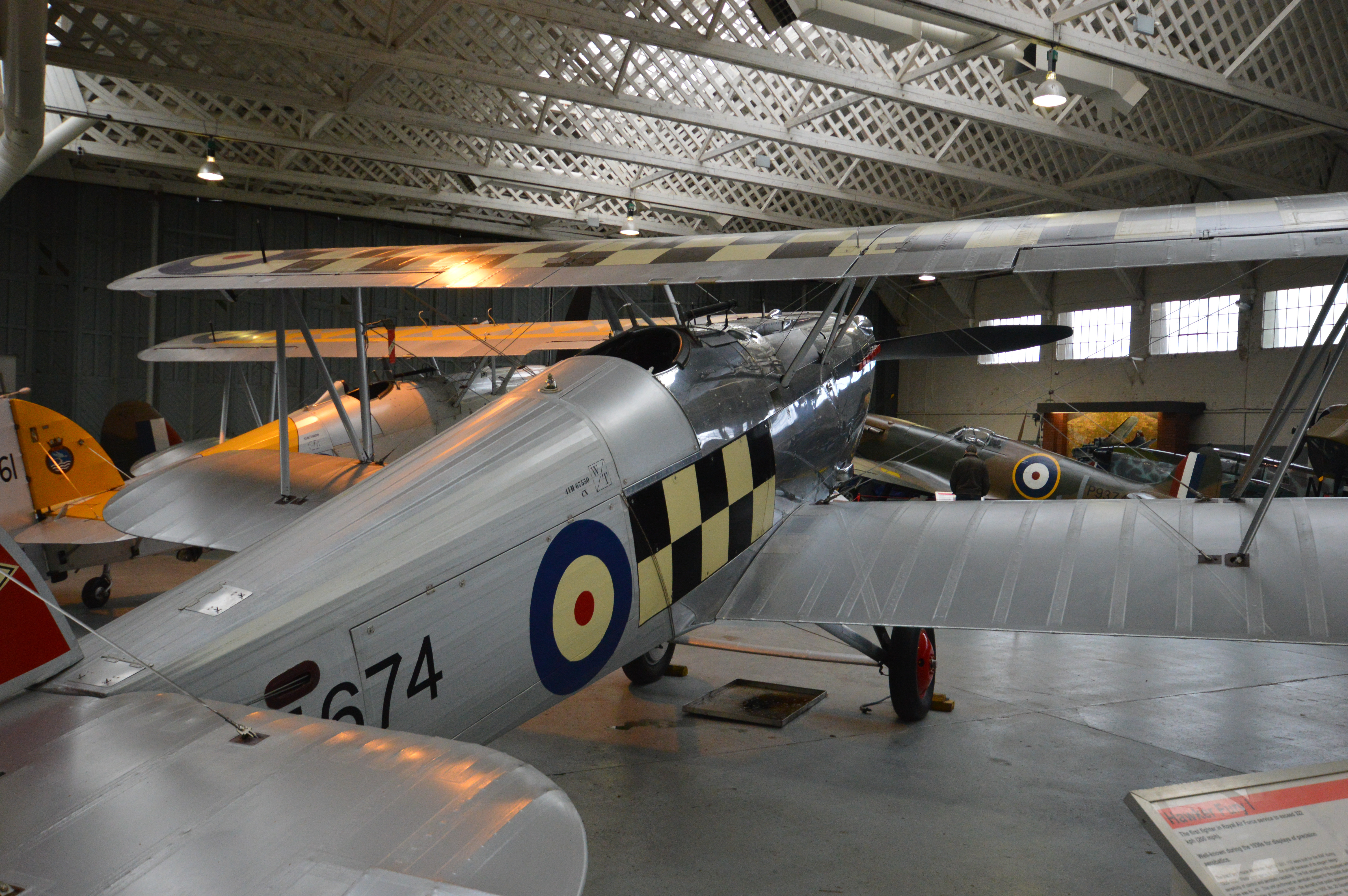

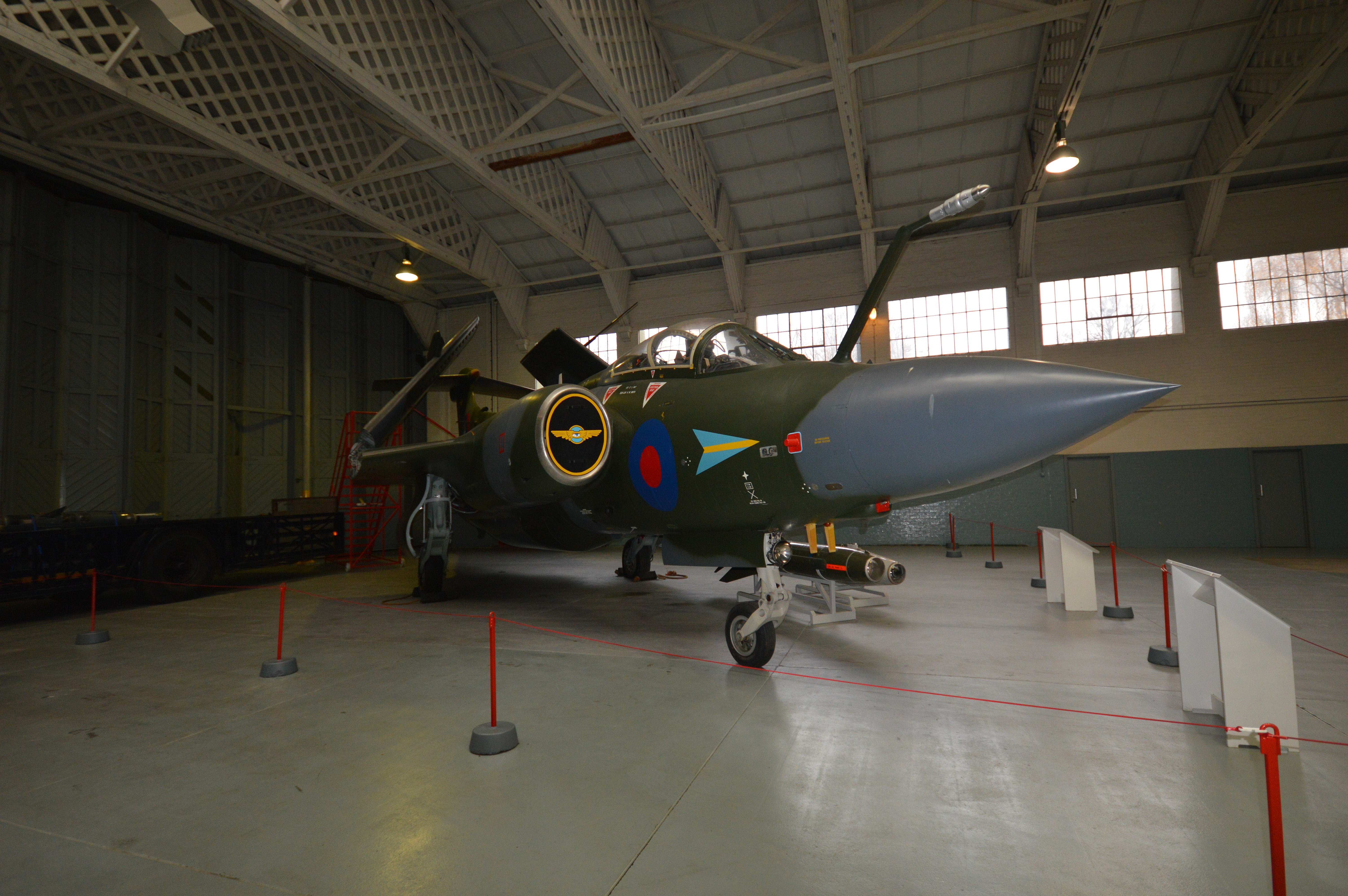
_Phantom_0229.jpg)




